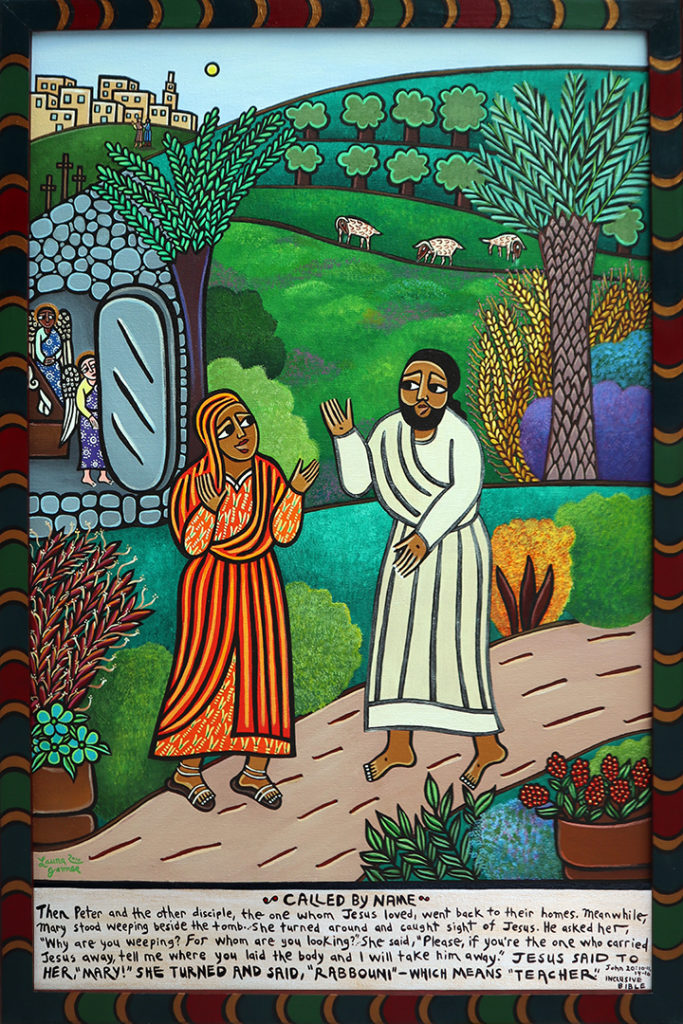Welcome to Wading in the Waters of the Word™ with A Women’s Lectionary
Gentle Readers, Followers, Preachers, Pray-ers, Thinkers and Visitors, Welcome!
Welcome to this space where you can share your worship – liturgy and preaching – preparations – using A Women’s Lectionary for the Whole Church. We begin in Advent 2021 with Year W, a single, standalone Lectionary volume that includes readings from all four Gospels. (We will continue with Year A in Advent 2022 to align with the broader Church.) In advance of each week, I will start the conversation and set the space for you all. I will come through time to time, but this is your space. Welcome!
Media Resources
A Women’s Lectionary For The Whole Church
Session 1, October 16, 2021
Rev. Wil Gafney, PhD at Myers Park Baptist Church
Plenary 1 | Translating Women Back Into Scripture for A #WomensLectionary
This session introduces participants to frequently unexamined aspects of biblical translation in commonly available bibles and the intentional choices made in “A Women’s Lectionary for the Whole Church.”
A Women’s Lectionary For The Whole Church
Session 2, October 16, 2021
Rev. Wil Gafney, PhD at Myers Park Baptist Church
Plenary 2 | Reading Women in Scripture for Preaching, Study, and Devotion
This session provides an overview of “A Women’s Lectionary for the Whole Church,” its genesis, production, and content. There is also an in-depth exploration of specific passages appointed for specific days including time for public and private reading and discussion.
Lectionary Lectio
Click the Comment links to add to the conversation
Eastertide
It ain’t ova!
Eastertide, the season of Easter: Fifty days of wonder as an impossible story spreads in ripples and waves and soon everyone knows someone who knows someone who saw him or touched him. In Easter week, Jesus is walking through walls (Monday), having a fish barbeque on the beach (Tuesday), opening minds to understand the Scriptures in their new post-resurrection context (Wednesday), going fishing and filling nets to bursting (Thursday). With Friday the one week anniversary of his brutal death comes and we revisit Mary’s encounter with the risen Christ and ponder this most extraordinary week. On Saturday we remember the risen Christ appearing to his female disciples and sending them to find his male disciples in hiding and proclaim to them the good news, to preach the gospel to them.
And then comes Sunday, the one week anniversary of the triumph of life over death, of love over hate, of the power of the Holy Spirit over the might of empire. Imagine with me. Using my sanctified imagination, I look back and see groups of disciples and their families and friends and neighbors gathering to tell the story. Mary and the other Mary and Susanna and Johanna and that other Mary and Mary Magdalene all preaching the gospel of a God whose love transcends death. Of Jesus as the living, still living, yet again living, embodiment of that love. I imagine Peter trying to follow suit and getting heckled for abandoning Jesus. I imagine it won’t be long until the male disciples start telling a story that is not theirs because they were in hiding.
There would have been no previously existing liturgy for that first Sunday in Eastertide. They would create their own of word and table. They would tell the story and like all such gatherings, they would feast before, during, after. And, at some point, someone would repeat the words that Jesus said, taking a loaf of bread in her hand, she would say, “This is my body that is broken for you. This is my blood, the cup of the new covenant that is poured out for you.” And in my womanist womanish sanctified imagination, I see the Ever-Blessed Virgin Mary offering the sacrament, this first eucharist, once again offering the body and blood of her holy child to the world, this time with joy.
Easter Sunday
Mary Magdalene came to the tomb alone, knowing that she was likely to be alone once she got there. No one publicly grieves a failed messiah. Except perhaps, for a woman who is called a sinner in public and a whore in private and sometimes the other way around.
Mary saw that the tomb was open. She thought the tomb had been desecrated, the grave robbed. She went to Simon Peter. Perhaps because he was most likely to bust some heads and find out what had happened. She also went to the anonymous beloved disciple. Perhaps to make sure Peter didn’t go too far.
In this account, Mary does not go into the tomb. She sees the state of the grave then runs. Why doesn’t she go in? Still believing that his grave and perhaps his body had been desecrated again, desecrated more, perhaps she just could not bear to see the evidence up close. The two male disciples look and leave and go home rather than look for Jesus and whoever might have taken him; Mary returns to the grave. She stands outside and weeps. Just moments ago she thought her grief could not grow any deeper. She was wrong.
Steeling herself to see the detritus of the tomb, she bends down to look inside and see fully inside. And sees angels on the mortal plane. And then… And then… And then, she sees Jesus. Jesus who is still Jesus when we do not see or know him. Jesus who loves us and cares for us as only he can even when his love shines through a stranger’s eyes, another’s touch, a neighbor’s care and comfort.
This intimate moment between a woman who is not ashamed to love and stand by Jesus even in his scandalous death. A death designed to terrorize and disrupt the movement and make it too expensive in life blood to continue to follow Jesus. But she stayed when all the others left. And Jesus who was never ashamed of her in life was not ashamed of her in death, death transformed into life. He was not too busy being the risen Savior to share a moment with her. A moment that could only be a moment and perhaps that is why he told her not to hold onto him. Perhaps, they both knew if she embraced him she would never let him go.
This year as in every year we embrace the risen Savior and the Gospel of Mary Magdalene in a world that still crucifies the sons and daughters non-binary and trans children of God. Our gospel is the only gospel we have, that Jesus transforms death into life. In the grave and beyond the grave. In this world and in the next.

